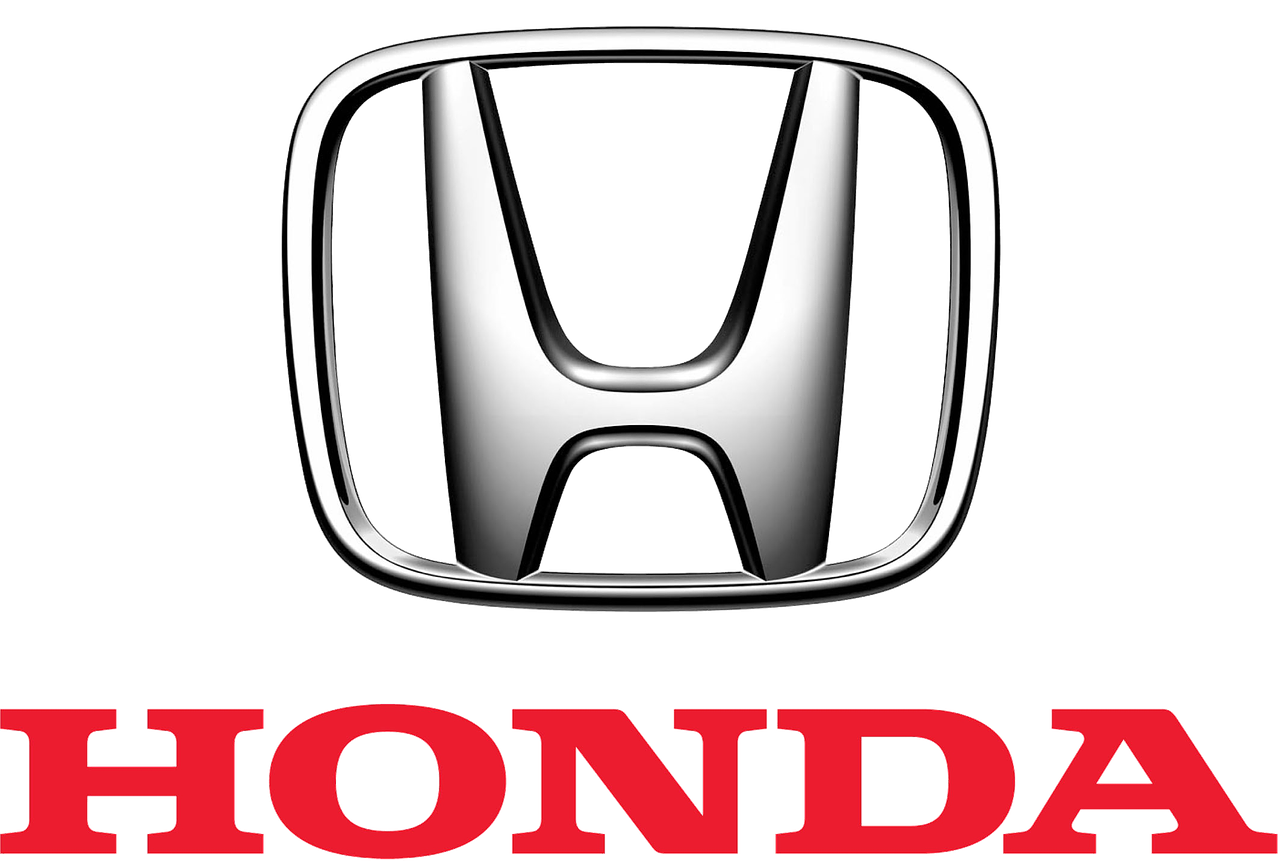
Current post type: post

A dependency relationship in object-oriented programming refers to a situation where one object relies on another object to function. This can happen in several ways, and the strength of the dependency varies depending on the type of relationship.
In association, objects can interact or use each other, but they don’t own each other. The dependency is weak because neither object depends on the other for its life cycle or existence.
Student depends on a Course to enroll, but both objects can exist independently.Student might depend on Course to perform a function (enroll), but the Course object does not depend on the Student object.In aggregation, one object (the whole) can contain other objects (the parts), but these parts can exist independently of the whole. The dependency is weaker than in composition but stronger than in simple association.
Department aggregates Employee objects. The Department can exist without Employee objects (if no employees are assigned), and the Employee objects can exist without the Department.Department and Employee are linked, but neither depends on the existence of the other for its life cycle. Both can be created or destroyed independently.In composition, one object owns another object, and the owned object cannot exist independently of the owner. This creates a stronger dependency relationship than association or aggregation.
Car object has an Engine. If the Car is destroyed, its Engine is destroyed as well.Car and Engine have a strong dependency, where the Engine depends on the Car for existence. If the Car is removed, the Engine cannot exist.| Relationship | Dependency | Ownership | Existence of Dependent Object |
|---|---|---|---|
| Association | Weak (objects interact but do not depend on each other) | None | Can exist independently |
| Aggregation | Medium (one object contains another, but they are still independent) | Containment but not ownership | Can exist independently |
| Composition | Strong (one object owns another and the owned object cannot exist without it) | Strong ownership (part-of) | Cannot exist independently |
So, to answer your question:

© 2025 My Company